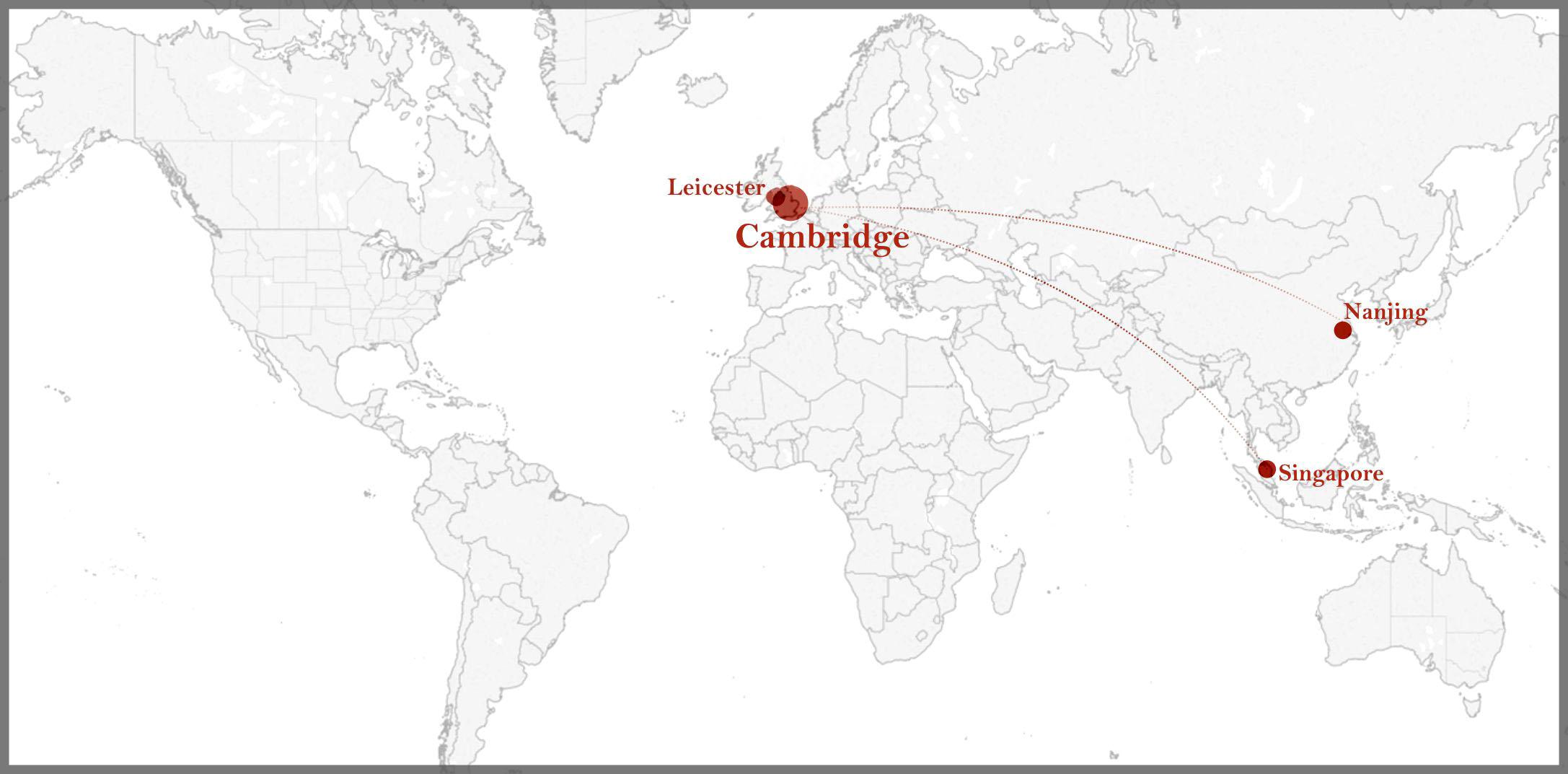
|
The University of Cambridge’s DIGIS (Digital Studio for Research in Design, Visualisation and Communication) research group is at the epicentre of the CineMuseSpace network. DIGIS has, over the course of the last two decades, been investigating the intersection of Architecture, Cinema, and Digitality, developing novel modes of investigation, in the belief that the moving image provides us with new perceptual equipment to grasp the complexity of architectural and urban phenomena. |
|
 |
The University of Leicester’s Research Centre for Museums and Galleries (RCMG) will work with National Museums Liverpool, the Centre for Chinese Contemporary Art in Manchester and The Art Museum of Nanjing University of the Arts in China to co-produce a series of installations which utilise the CineMuseSpace research to generate new, cross-cultural insights into museums spaces, collections and experiences. Through this work, and using a novel, research-led methodology generated by RCMG, CineMuseSpace seeks to make a significant contribution to on-going research into exhibition development processes, potentials and experiences. |
 |
Nanjing University is renowned for its cross-disciplinary study on Chinese space and visual culture. The recently established Communicable Environment Laboratory (CELab) will also provide technical support to the project. |
 |
The National University of Singapore team, supported by Dr. Chung's start-up grant from the School of Design and Environment, contributes to the framework and curation of the Eastern component of the moving image archive. By accessing key film repositories in East Asia, they will aid the reassertion of the inextricable link between people, culture and architecture by introducing fresh perspectives and deeper insights into the social and cultural importance of architecture. |


